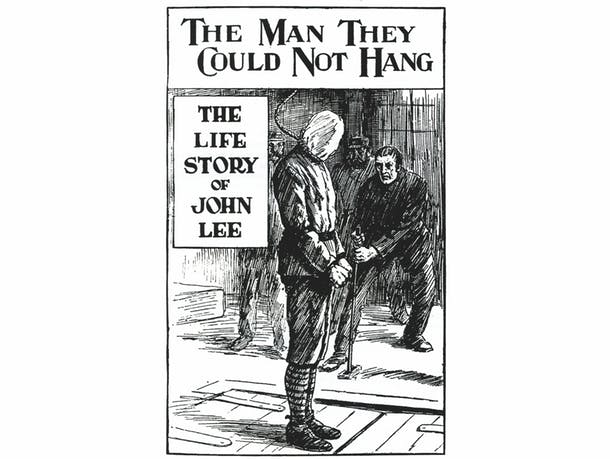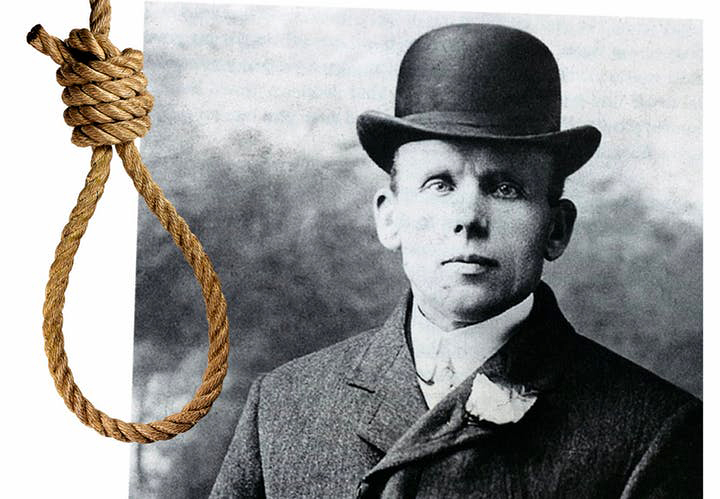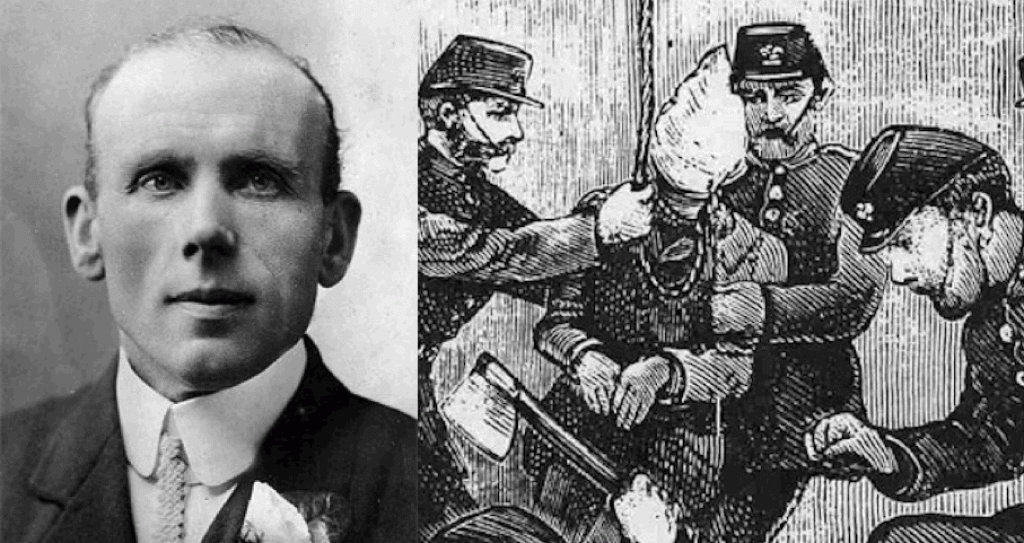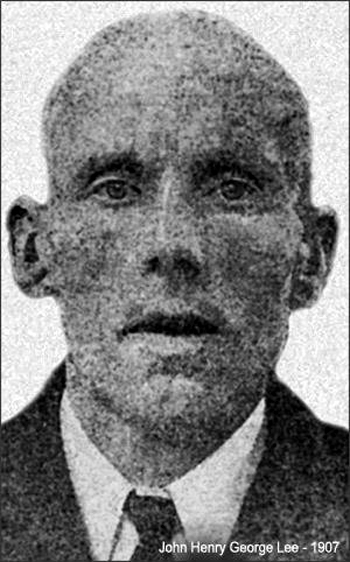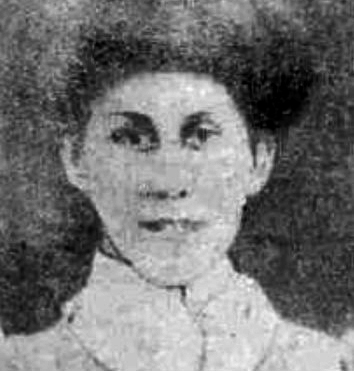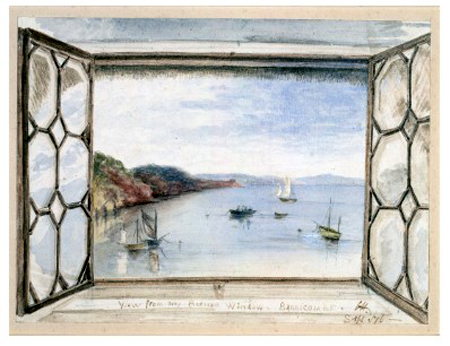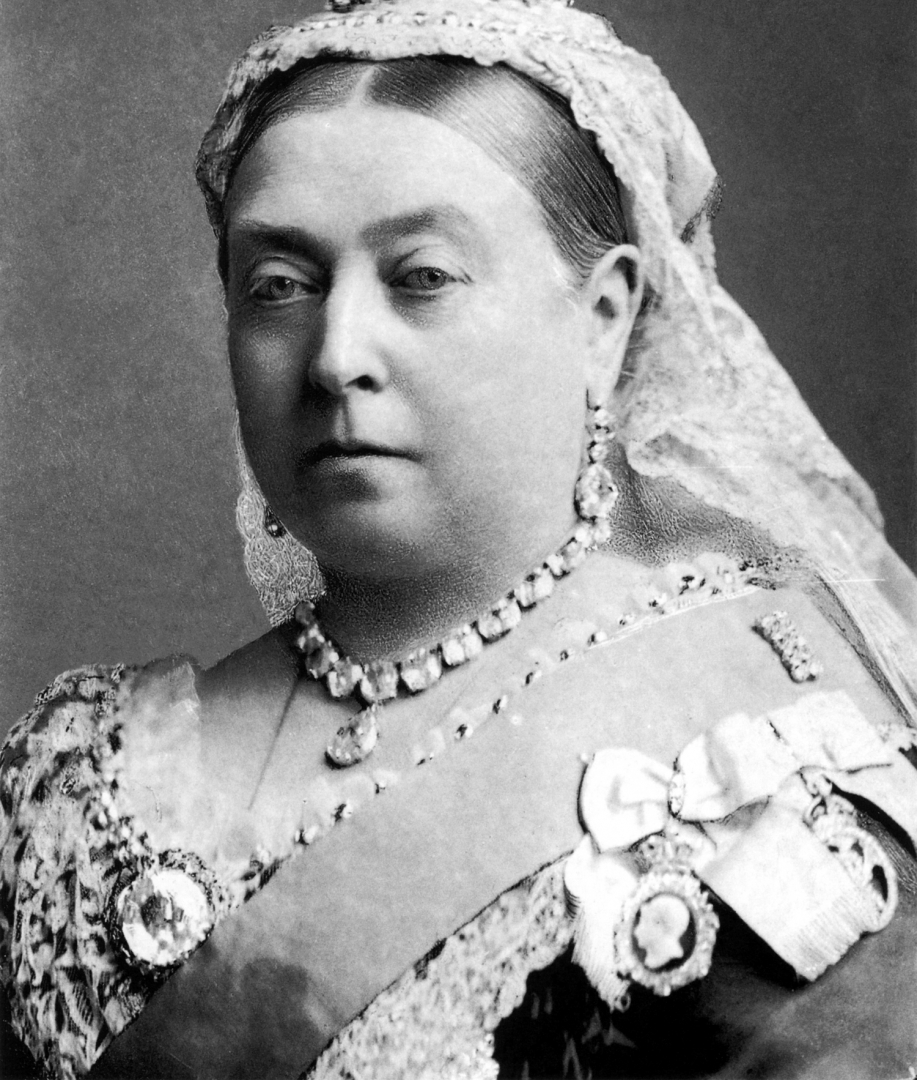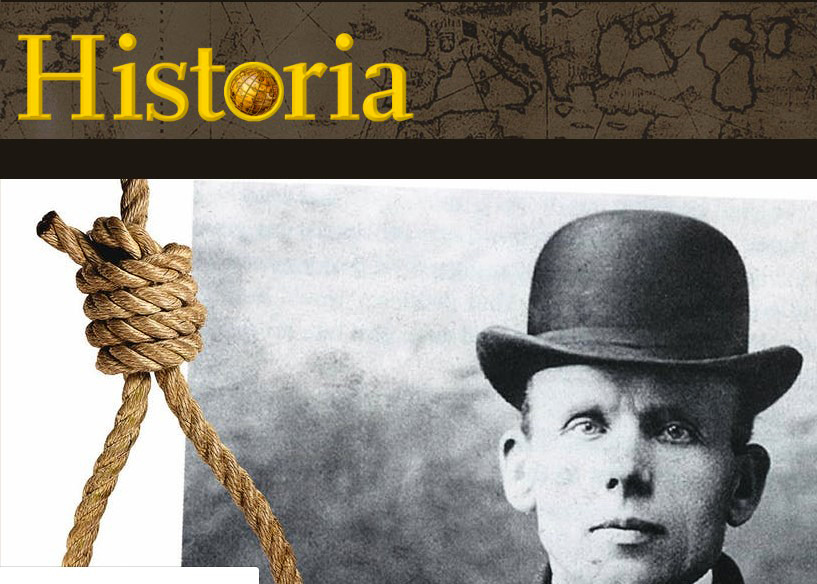In 1884, Great Britain was shocked by the brutal murder of 68-year-old Emma Keyse. Her butler was sentenced to death by hanging for this crime. But then something strange happened.
The sound of grinding metal rose from the floor of the scaffold. The executioner pulled with all his might on the lever that would open the trapdoor through which John Lee would fall.
‘Is it over?’ asked the minister without opening his eyes.
The coroner cried out in despair, 'For God's sake, this must stop now!
From the scaffold, the condemned man's breathing could be heard through the hood on his head. The noose was still around his neck.
It was a foggy day in 1885 in southern England, the scene of the action was Exeter Prison, and the public was slowly losing patience.
A group of reporters ran out of the building.
“They can't hang the man! They've tried three times and he's still not dead,” shouted one of the journalists.
♦ Convicted of murder
A few months earlier, 20-year-old John Lee had been sentenced to death for the murder of his employer, 68-year-old Emma Keyse. The elderly spinster had lived in the fishing village of Babbacombe Beach in southern England for the past few years. Miss Keyse was very fond of the young man, even though he had been imprisoned for stealing a pair of silver candlesticks from his former employer. She had therefore taken him under her wing and hired him as her butler.
At around 3 a.m. on 15 November 1884, Emma Keyse's three maids were awakened by smoke. The fire was raging in the dining room, where Emma Keyse lay dead on the floor. Her skull had been smashed and her throat cut. Finally, the victim had been doused with lamp oil and set on fire.
Shortly afterwards, John Lee was arrested for the murder. He was the only man in the house and he had a flesh wound in his right arm. His explanation was that he had broken a window to let the smoke escape. Moreover, his criminal past did not work in his favour and he had complained about his low wages shortly before the murder.
Even for that time, the trial was a farce. Lee's lawyers did not call any witnesses, and the knife and meat cleaver that were supposed to be the murder weapons did not match the injuries. The butler was convicted solely on circumstantial evidence.
♦ Liège refuses service
Throughout the entire trial, John Lee had maintained his innocence. When the death sentence was read out, witnesses reported him saying impassively to the judge: ‘Your Honor, the reason I am so calm is that I trust in the Lord, who knows that I am innocent’.
Three weeks later, Lee was led to the gallows at Exeter Prison. While the minister read from the Bible, the executioner, James Berry, grabbed the handle of the trapdoor and pulled it. The spectators were stunned. The trapdoor gave way slightly, but Lee was still standing.
“Step on the trapdoor!” Berry shouted to the officers. They did so, but to no avail. Lee was pulled aside, with the noose still around his neck, to test the trapdoor—it worked perfectly.
Once again, Lee was placed on the trapdoor and the executioner pulled the handle again. But the condemned man remained in place.
Two officers used a plane and an axe to remove a piece of the trapdoor, and when they tested it again, it worked fine.
Lee went back again and Berry pulled the handle for the third time. In vain.
♦ Death penalty commuted to life imprisonment
After the third failed attempt to execute him, Lee was returned to his cell, and a day later the incident was front-page news in all the English newspapers.
According to John Lee himself, God had spared him. “It was the hand of the Lord, who did not want the sentence to be carried out,” he wrote to his sister.
In the days that followed, the mood in the country changed: the people sympathized with John Lee.
The story even reached Buckingham Palace. The queen, who had known Emma Keyse personally, decided that three attempts were enough and sent a telegram to the Home Secretary:
‘It would be too cruel to execute him now,’ she wrote.
The Lee case was discussed in parliament and the minister commuted the death sentence to life imprisonment.
♦ John Lee disappeared without a trace.
Life imprisonment meant 20 years behind bars, but Lee took it well: “I told myself that time would pass quickly,” he wrote many years later.
With the prospect of parole after 15 years, John Lee behaved exemplarily in prison. But no matter how often he wrote to the ministry, he was not released. And even after 20 years, it was clear that Lee would not be released.
The newspapers began to write extensively about “the man they couldn't hang,” and politicians and sympathizers tried to change the minister's mind.
“If Lee is innocent, he is the unhappiest man on earth,” wrote one politician. He pointed out that Lee had been punished enough, even if he were guilty.
♦ Saved by two millimeters of iron
According to many believers, God had saved John Lee from the gallows because he was innocent. His cellmates had a different explanation.
According to them, a handy prisoner had placed a crooked plank in the trapdoor and told Lee to stand quietly on it.
Under his weight, the trapdoor bent straight and remained closed.
An official report, which was kept secret until 1985, concluded that Lee had been saved by a fault in the gallows construction, which had been moved a few years earlier. When the gallows was rebuilt, the trapdoor had been slightly warped.
When Lee stood on the hatch, so much pressure was exerted on the bolts that were supposed to slide aside to open the hatch that one of them got stuck two millimeters from the edge.
This saved John Lee.
It was not until 1907, 23 years after the verdict, that John Lee left prison a free man. He sold his story for £240, a small fortune, and disappeared to America. Nothing more has been heard of him.
Whether he was guilty has never been clarified.
Source: HISTORIA 2012 / 6
March 23, 2018 by Jannich Koefod

